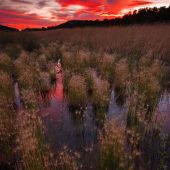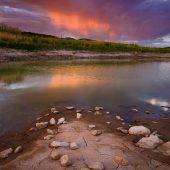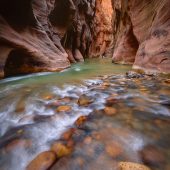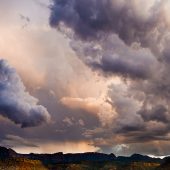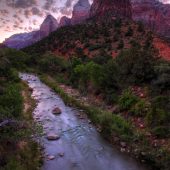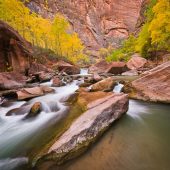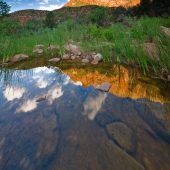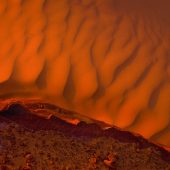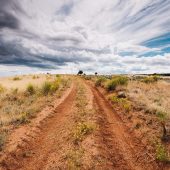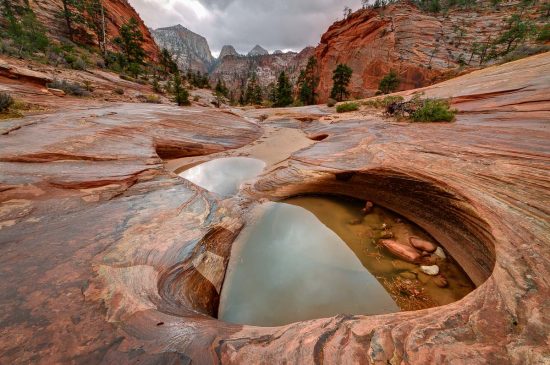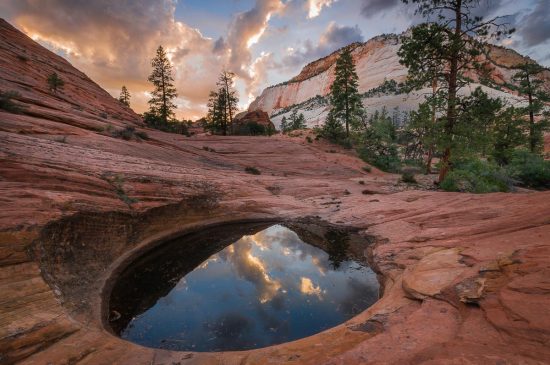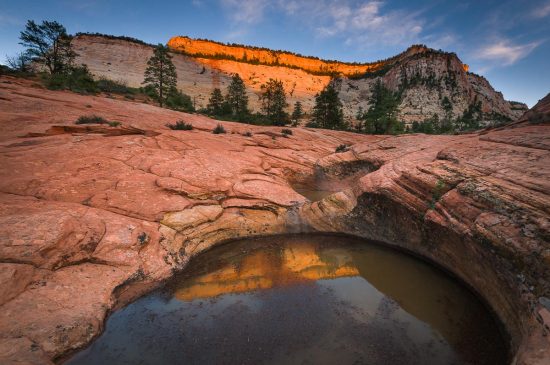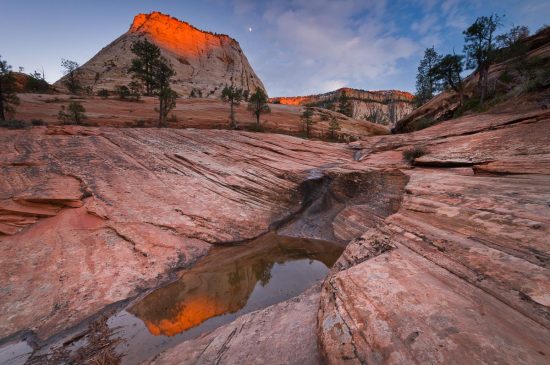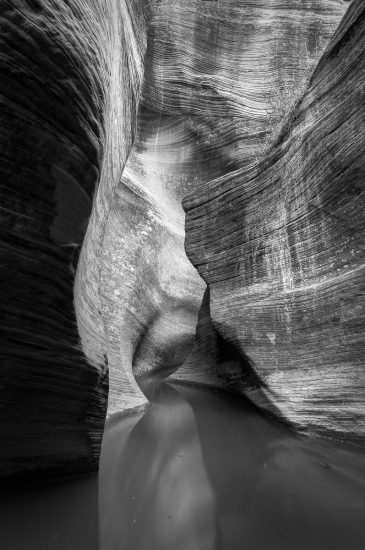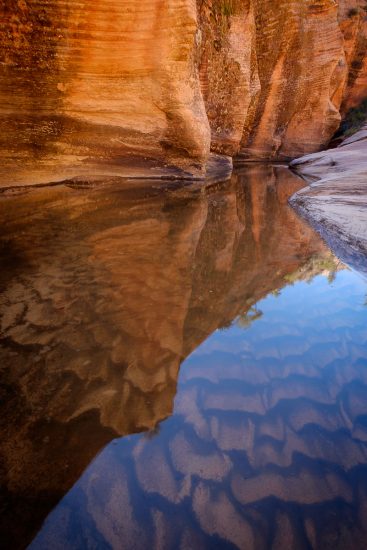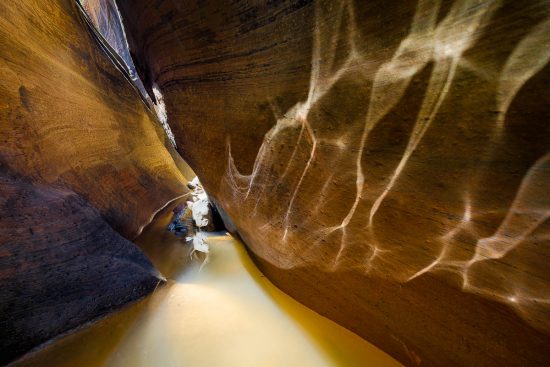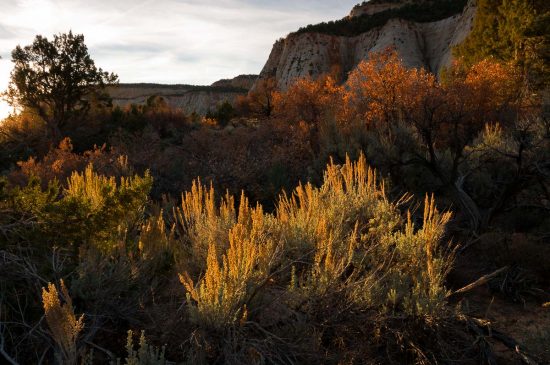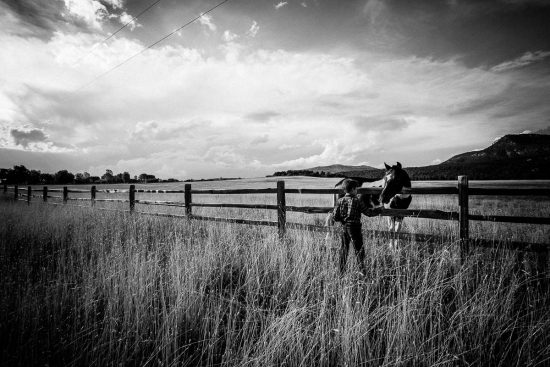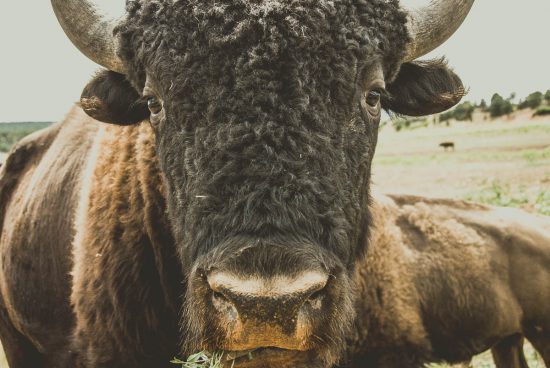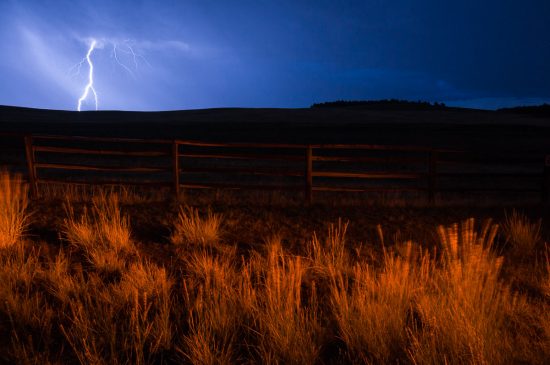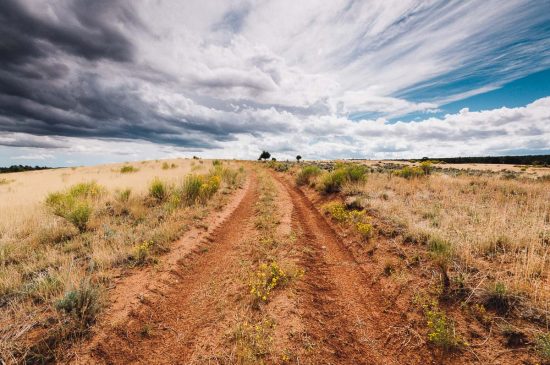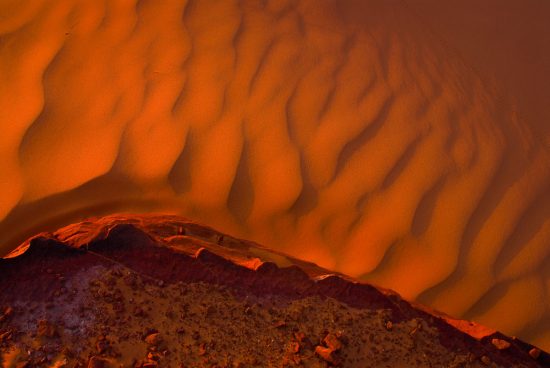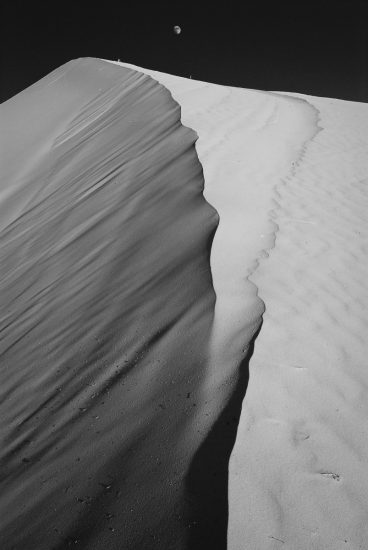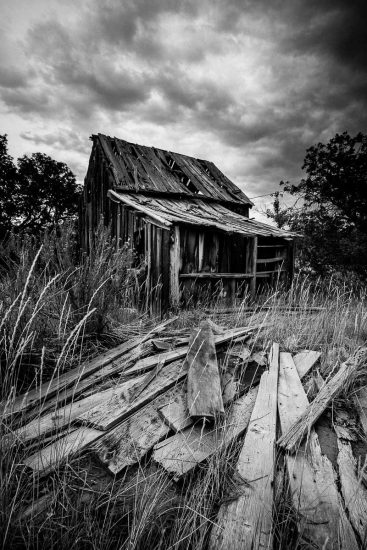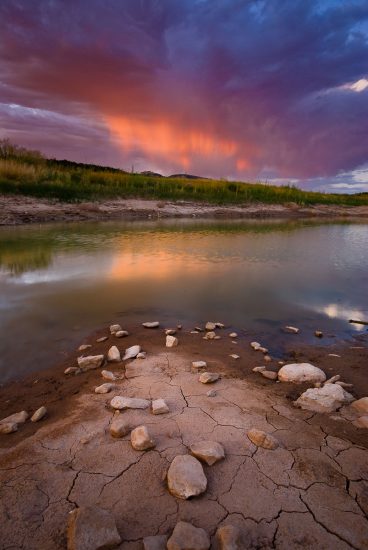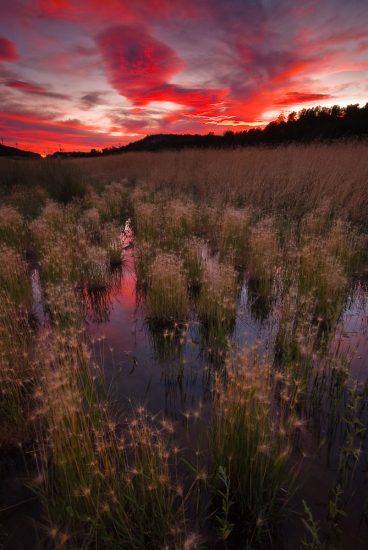“Look to the East” by Michael Dees (website | Instagram | 500px):
It’s probably not customary to write a guest post about a dear love of mine. It would seem incongruous with the technical jargon of the Bayer pattern, to speak of the affections, would it not? Not to mention the fact that, as a Nikon aficionados and photography enthusiasts, many would spend their time elsewhere, rather than reading an autobiographical account of a loved one in my life. I say this by way of introduction to prepare the reader for a mix of sorts: a mix of technology, of art, and as noted, of tender sentiments.
I suppose I’ve mislead you a bit for rhetorical flourish. It’s in this: that I speak of no person, but a place. Zion National Park is where I speak of, and in particular, of the East side of this spectacular park in Southwest Utah. The East side of the park is, literally, a less sheer beauty than the more popular Zion Canyon. The altitude changes are more gradual and the landscape more curvy. Make no mistake that the canyon that the Virgin River has carved over so many years has beauty unparalleled. It’s breathtaking and awesome. The East side, however, has a more tranquil appeal to it.

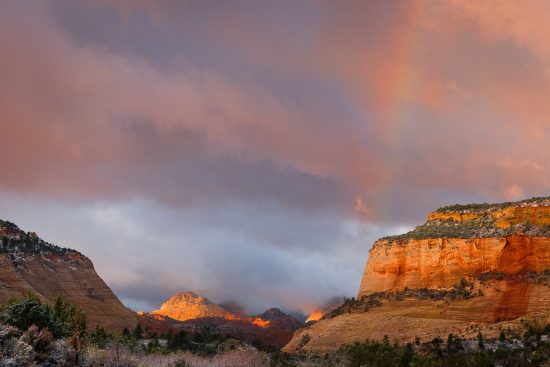
For instance, one of my favorite features of the East side are the waterholes that can be found. Imagine, with me, a slab of sandstone. Now imagine a continual drip. Over eons, the erosive power of the water would not only form a pit where it initially hits the stone, but also because of complexities of the surface, wind, and hydrodynamics, other potholes form here and there. There’s a mystery to it. We speculate as to the details, but there’s no long-term observation and so our hypotheses remain, at least somewhat, unverified. I love it. It’s a darn near spiritual experience being out there all alone, with freshly deposited waters in holes formed quite some time ago. Perhaps there’s a trickle of water making its way from one pool to the next. Just how many leaves have entered this pool, lazily swirled around, and then gone on to the next? White clouds slowly turn to yellow, then they more rapidly turn orange, and then in a fit of rage, the blazing red comes and only lasts a few moments. I speak in somewhat a tongue and cheek manner, but I almost feel guilty at times. I’m running around with this technological wonder attached to my tripod, other goodies in my bag. I’m hustling trying to somehow capture a slice of the majesty before me. I think we can all agree, no matter how good the image is, it pales in comparison to what we experience when we are there, but we still fight that good fight.
“They were motivated by a response to the majesty and intrigue they felt while in the spell of the place.”
–Roland Lee
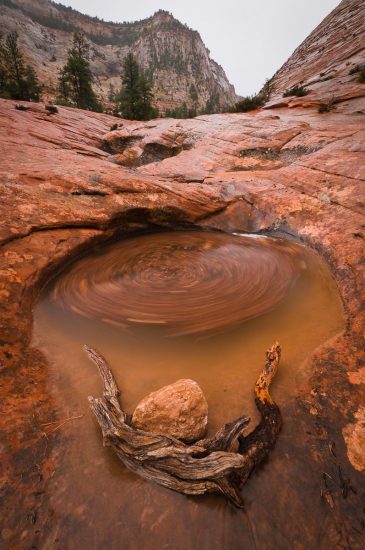
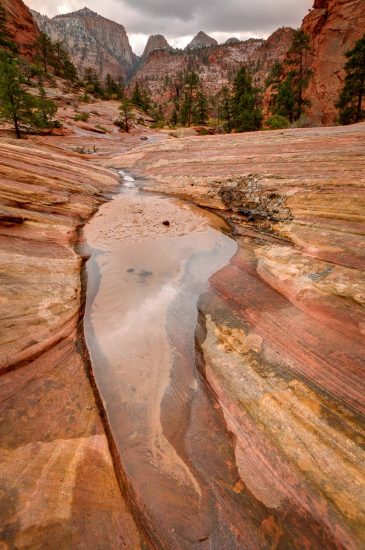
Another feature that is predominantly on the East side of the park are the washes. Let me give a couple of caveats before I go on. Firstly, I do know that there are washes on the West side of the park. But the water characteristics of the West side are more constant in nature. All year long the Virgin River and Pine Creek are flowing, but the water on the East side is more elusive. In fact, what you will see most of the time are geological attributes that remind one of the water that was there, and had such a profound effect. This leads me to the second qualification. Namely, that I have never been to Zion in Spring. I say this because it’s at this season that there’s so much snowmelt going on, and perhaps my vision of the East side would be irrevocably changed. I look forward to such a change, but for now, let me proceed with an East side and its dryer washes. If you had the desire to do so you can walk the entire span of the East side via it’s predominant wash, Clear Creek wash. Along this long easy stroll, not ever too far off Hwy 9, you are bound to encounter a great deal of what the East side can offer photographically. Big horn sheep, a wide variety of trees, pockets of chocolate water, intimate rock details, petroglyphs, and unbelievable glimpses of the shapely and vibrant sandstone giants from the lowest view of their gaze, just to name a few.
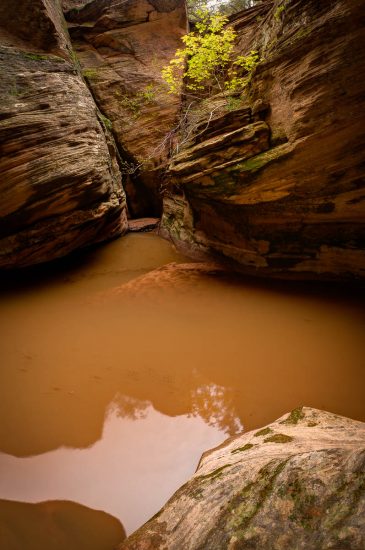
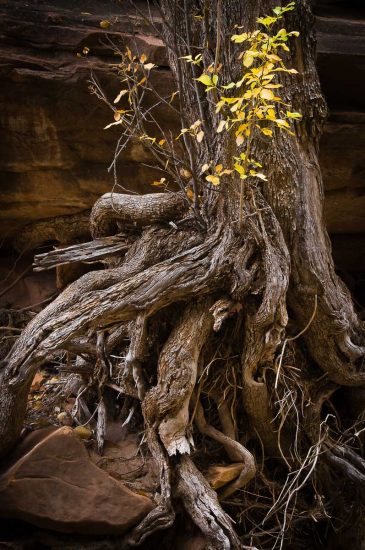
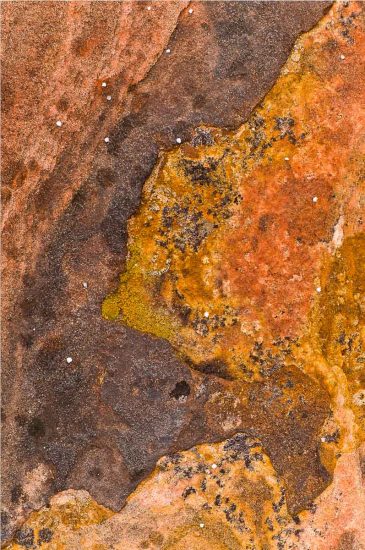
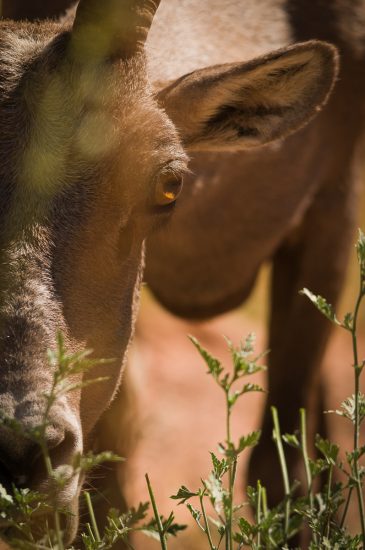
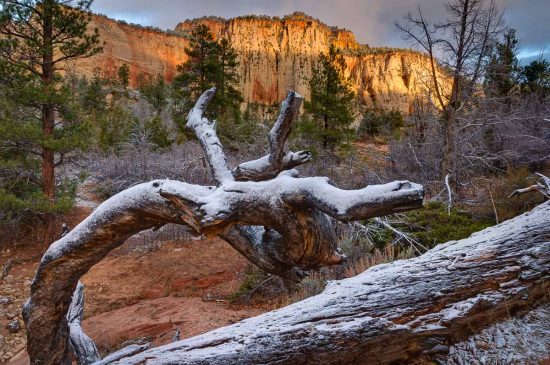
Continuing with water in the park are the slot canyons. I’ve never had the privilege of rappelling Pine Creek but I have had much amazement in Keyhole Canyon. Not only are there a multitude of waterholes but also many high vertical walls holding icy reflective waters in their clutches. You’ve gotta be prepared to get wet, and have a tripod that is very versatile. Most often, one leg is fully extended, another is only partially so, and that last one is not extended at all. Rather it is parallel to the ground and propped up against the stony walls you are trying so desperately not to get handprints on. All fun aside, please please be careful and alert for rain. The image below that has the reflection of water on the wall was taken only a week before, tragically, seven people lost their life from a flash flood. Some of you may be reminded of a book by Craig Childs, The Secret Knowledge of Water. It inspires a due reverence that must pair with our fondness for the natural beauty, that we landscape shooters pursue.
And then there’s Fall. Perhaps one would say what follows, about Zion in Spring, and I’m open to it. But if you haven’t had the chance to visit Zion in Fall color, you’re missing out on much of what it has to offer. Keep in mind that I’m a West coast fella. I’ve never seen a New England Fall in person: I’m sure it is superlative. But within a seven hour drive from where I hail, there’s an amazingly colorful land with eye-popping color before a backdrop incomparable. There are over 800 species of plants in the park, many of which are full of rich hues in Fall. Most notable for color are the Big-tooth Maple, the Fremont Cottonwood, the Gamble Oak, and the Box Elder. The neat thing is that groves of these are easily accessible from the road. As much as I love a nice hike, I’m not a hiker. If I can get beautiful pics not too far from where I park the car…I’ll take it!
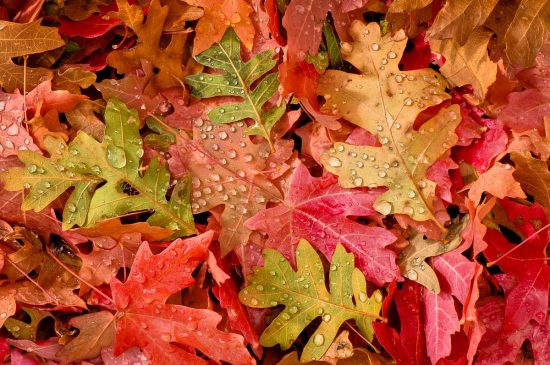
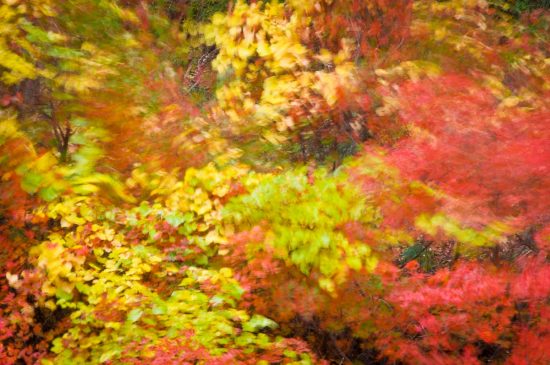
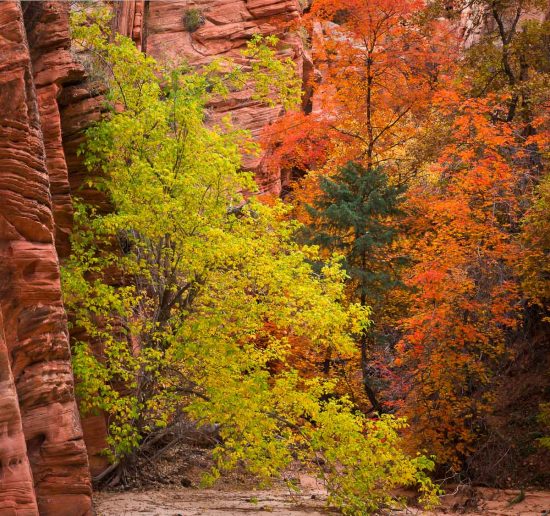
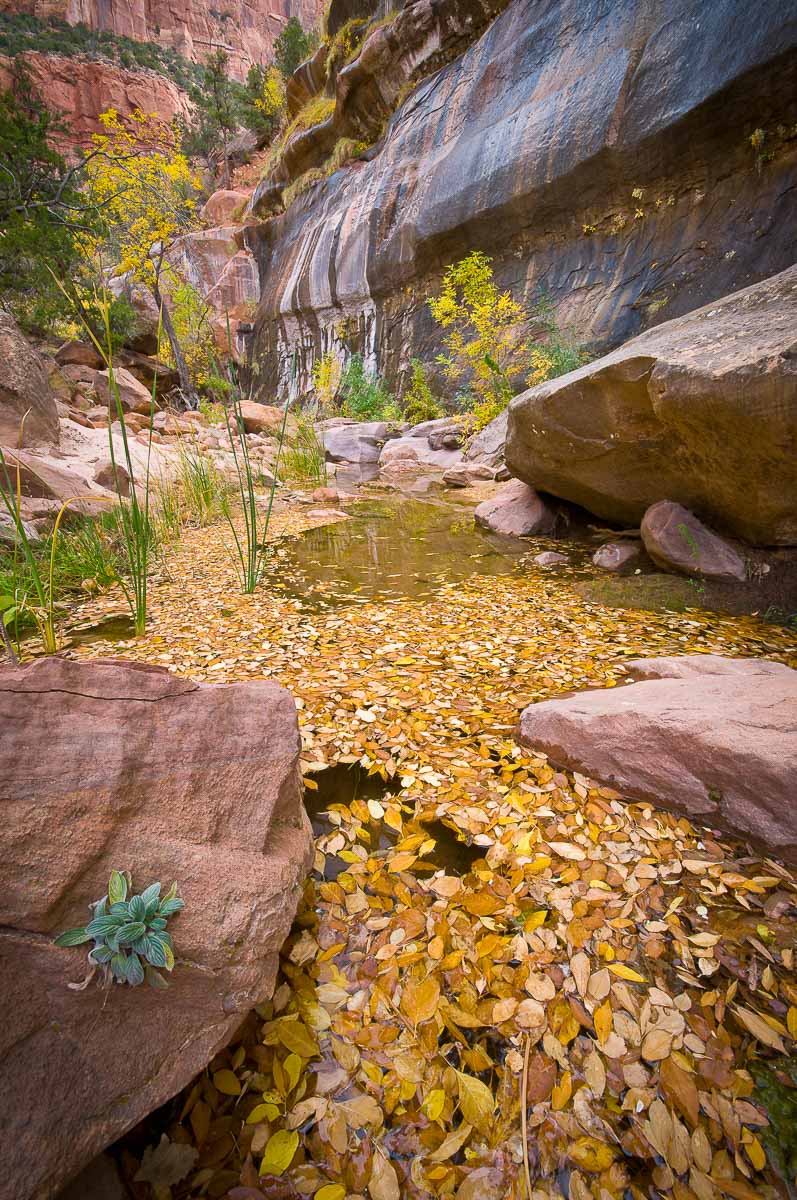
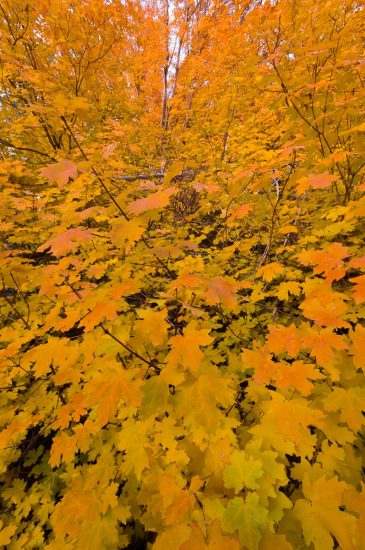
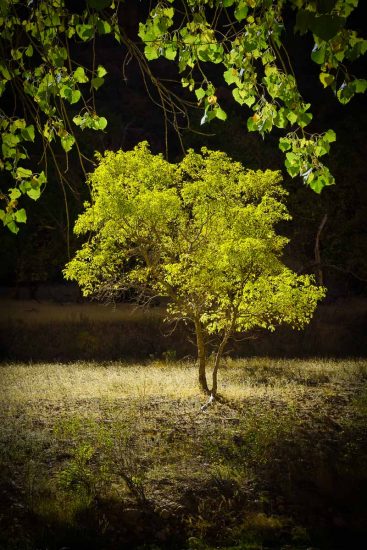
I’m sure y’all won’t begrudge me if I geek out for a second. One of the reasons I went with Nikon so long ago was that Nikon cameras were so ergonomically wonderful compared to others that I had handled. As I shot more and more, I started in on a few other more technologically challenging ventures, at least for me. Soon, inevitably, I attempted a few panoramas. It started with the camera in the portrait orientation and three images stitched. This was nice because it could extend my 10MP Nikon D200 into about 18MP when all was said and done. Then I tried more and more. One of my largest was the image below. It’s in Zion canyon, and I share it in a spirit of collegiality among Nikon lovers. The image below ended up about 25000×4500 pixels. To get it I shot three rows of, I think, 16 overlapping images in portrait orientation. Then, I stitched the three rows making what you see here. Not exactly a gigabit image, but close, and it’ll print well for sure. Not too bad for the ol’ workhorse D200, right?! I thought I’d include a 100% detail from the small red rectangle indicated. Hopefully soon, I can pull the trigger on a D800e or D810 and take it to another level;-) If there are any deals out there, or just plain old benefactors, please let me know!

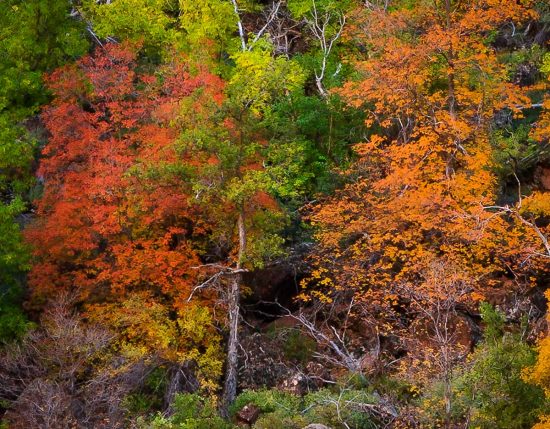
Steinbeck’s East of Eden, in part, derives its name from the biblical account of Cain being cast from the garden for the killing Abel. He was exiled to Nod, to the East. Thus far we have focused our attention on the East in Zion, but it would be no punishment to be East of Zion. For only a short drive outside of the park on Hwy 9 can provide so much rich shooting. Continue with me, please, as we head out that way. The smattering of images you see below are from just outside of the East entrance of the park to the Coral Pink Sand Dunes. To the North, of course, is the stunning Bryce Canyon, but remember, we are talking about the subtle stuff. Delicate evening light, accessible roads on open prairies, zero crowds, abandoned dilapidated sheds, the bison of Zion Mountain Ranch, and the dunes themselves. All this in a stretch of no more than 45 minutes! The diversity of shooting is staggering, indeed.
“The spectator is enveloped in the maze of cliffs and color, domes, pyramids, pinnacles, temples, dazzling with vermillion, orange, pink, and white – an intensity not comprehensible to those who have never had the good fortune to breathe this lambent air amidst the overwhelming profusion of color…There is almost nothing to compare to it.”
– Frederick Dellenbaugh
As noted, my heart is deeply attached to the East side of Zion. It’s one of those places that, with my family, has indelibly fixed a place in our souls. So much so that, if for some reason we could never go again, even with each other to lean on, there’d be a big hole in our hearts the shape of this diminutive National Park. I get an uncomfortable feeling in my tummy at the thought of losing it, for whatever reason. Can you relate to having such a place? I hope so! But all this is not to say that we can’t venture a bit West, and so I round our trip off heading back through that feat of modern engineering, the Zion-Mount Carmel Tunnel. It’s part of the fun itself, right? And for those that have been, don’t tell me you haven’t daydreamed of flat out stopping and shooting to your heart’s content. That’d be so fun! Anyhow, so as to not come up short and slight any of Zion’s delights, below are some grabs from the more common parts of Zion. I need to remember to be patient with the tram in the busy season. The lack of autonomy is noticeable compared to the off-season when you can drive in the canyon. But still, it’s a great service and serves a commendable purpose. It’s a bit slow if you need to work your way all the way up to the Temple of Sinawava and the Narrows, but with good planning there should be no problems and a lot of fun.
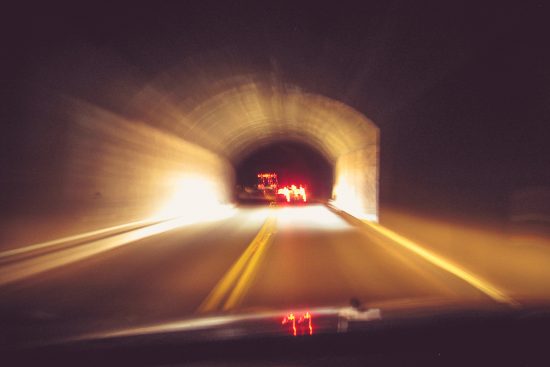
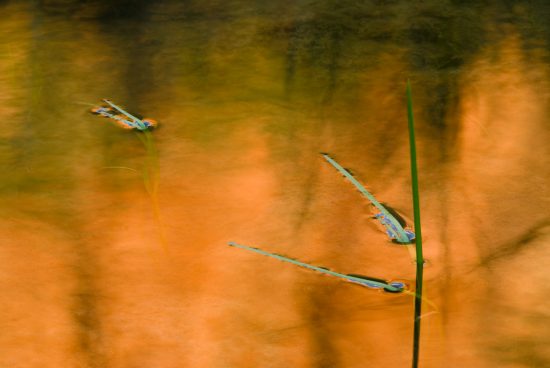
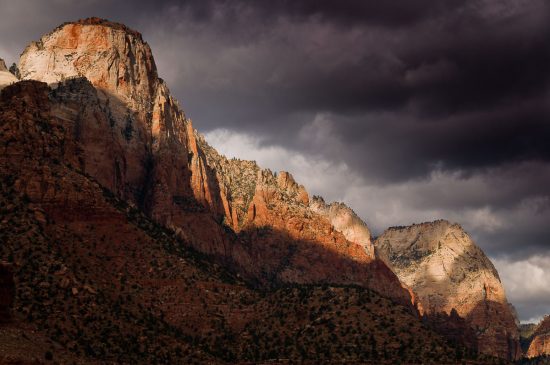
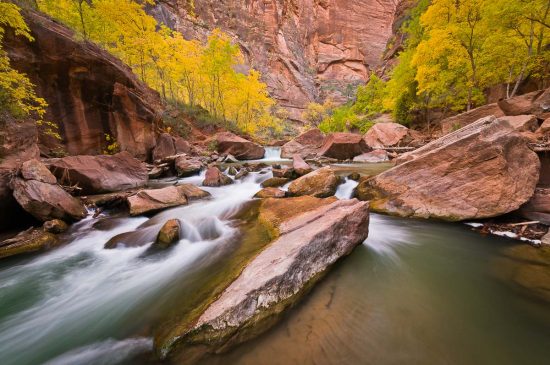
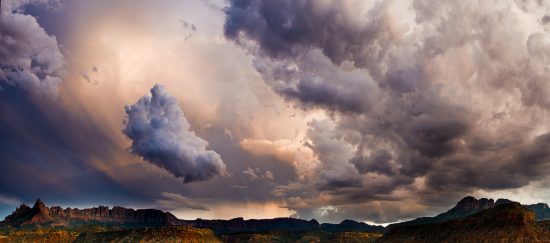
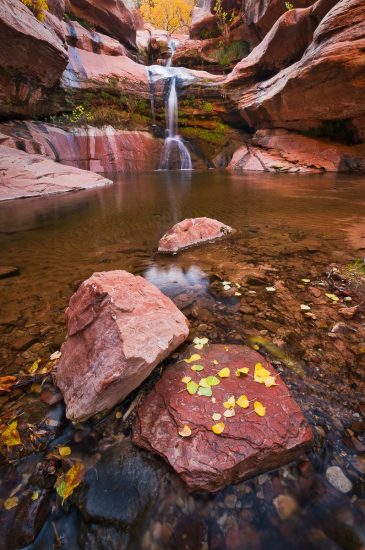
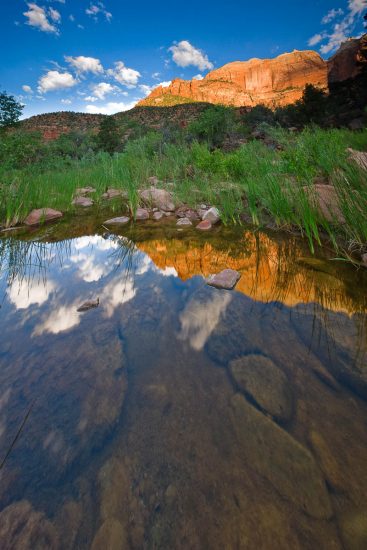
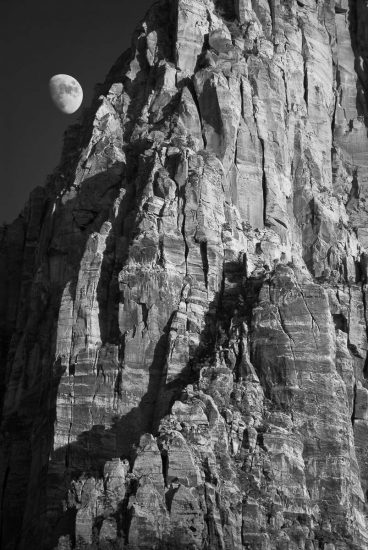
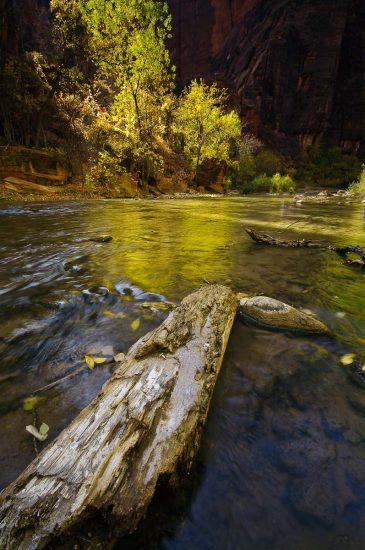
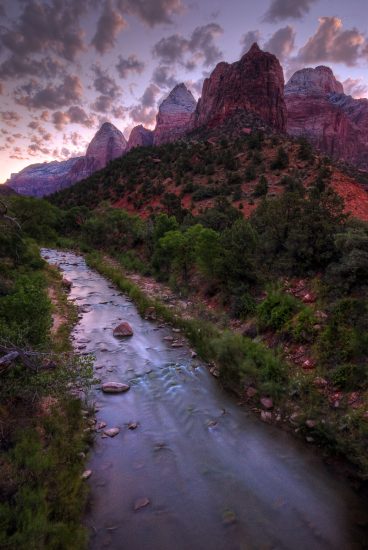
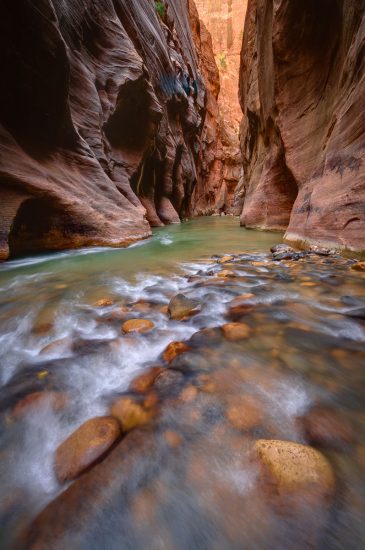
I hope, thus far, you have be encouraged to visit this precious place. One last set of images before I go. If you have not seen the appeal of this beautiful place, then it’s my fault. I suppose then, that my endeavors to do workshops helping others develop their vision of Zion should be put on hold. But I still have an ace in the hole. It’s the moments emblazoned on my mind of the finer things. Dare I say…when I have no tripod. My time in this place, called Zion by Mormon settlers, and called Mukuntuweap by those before them, is most special when it’s traversed with others. I think you can see why. Thanks for joining me.
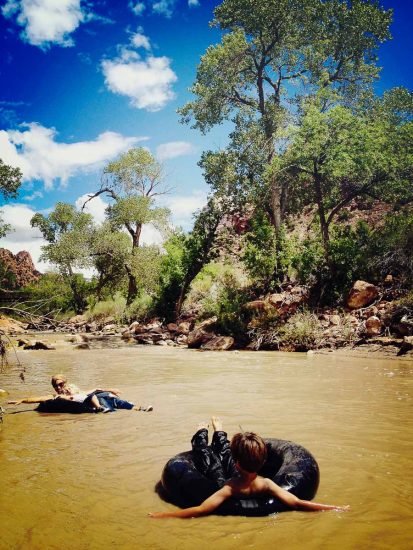
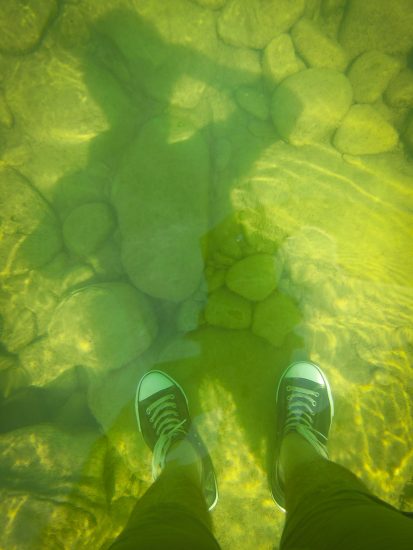
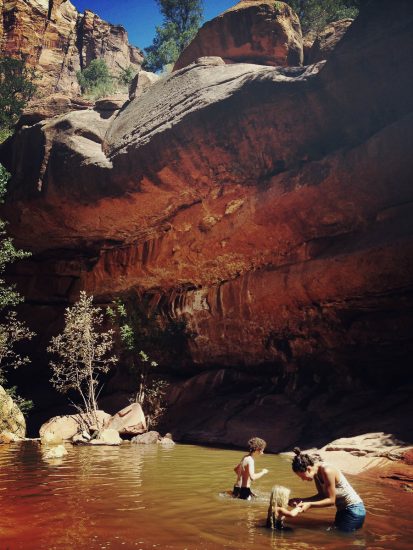
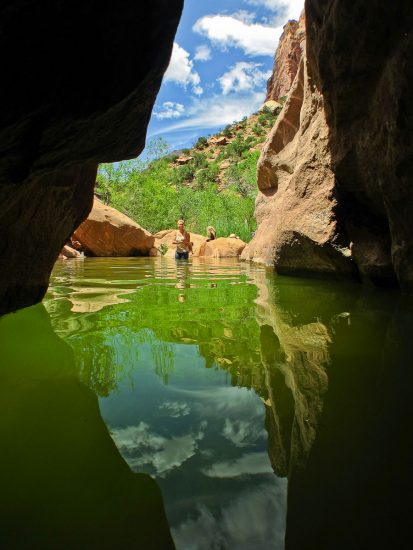
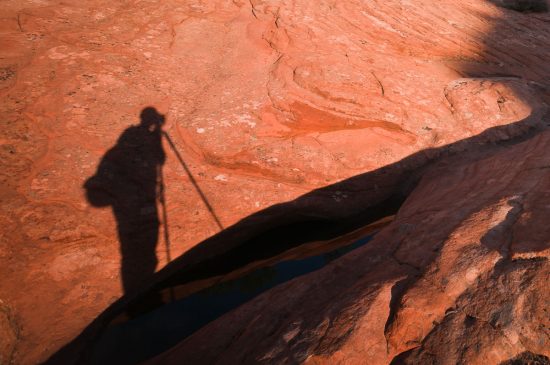
If you have an interesting idea for a guest post, you can contact me here.
